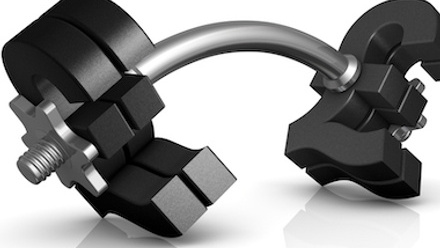Is it time to rethink your approach to cycle-to-work schemes?

A driver of employee health and wellbeing
A recent study by benefits provider Edenred found that cycling to work is a vital ingredient for employee wellbeing and performance, which in turn has a direct impact on how well organisations perform. Encouraging fitness and good health has positive benefits for employees as individuals in their personal lives as well as reducing sick days, improving engagement and performance at work and general resilience levels.
Employees want employer support
One major barrier which stops employees from realising these health benefits is employer apathy. Six in ten employees said they would consider cycling to work if they had better support from their employer according to our research, which also found that although two thirds of employees say they are fit enough to cycle to work, a similar number have never done so. With 67% of employees living within cycling distance of work, the potential for employers to encourage commuting by bike is significant.
Providing a cycle-to-work scheme is a starting point
The message from the research is that while providing a scheme is important – one in five employees say access to a new bike would encourage them to cycle to work - employers mustn’t make the mistake of thinking that is all they need to do. With the majority of employees (82%) saying they were in the dark about what their company does to support wellbeing at work and only three in ten employees saying they were aware of a cycle-to-work scheme in the organisation, employers need to up their game on communication and put in place broader support for employees.
Practical actions for employers
Employers who want their cycle-to-work scheme to make a difference to health and wellbeing need to think about three areas.
- Choice – make sure you provide access to high quality retailers who offer a good range of cycling equipment in the right geographical area for your business.
- Support – making it easy for employees to cycle to work and removing any of the associated hassle is fundamental to encouraging and maintaining levels of bike commuting. Secure bike storage on site, bike repair services and changing facilities with hair dryers and secure lockers will make all the difference to a potentially reluctant bike commuter.
- Inspiration – Increase participation in the scheme through road safety training, cycle-to-work days, a buddy scheme or incentives and competitions. Promote the scheme proactively while highlighting all the health, wellbeing and cost-saving benefits of cycling to work.
Any employer of any size can get a scheme up and running. Not only is it a highly valued employee benefit, but it is better than cost-neutral, creating employer NI savings for your organisation.
When you think about it in those terms, what’s stopping you from rethinking your approach to cycle to work?
This article was provided by Edenred.
In partnership with Edenred
We help you build stronger connections with your employees to drive higher engagement&performance.







